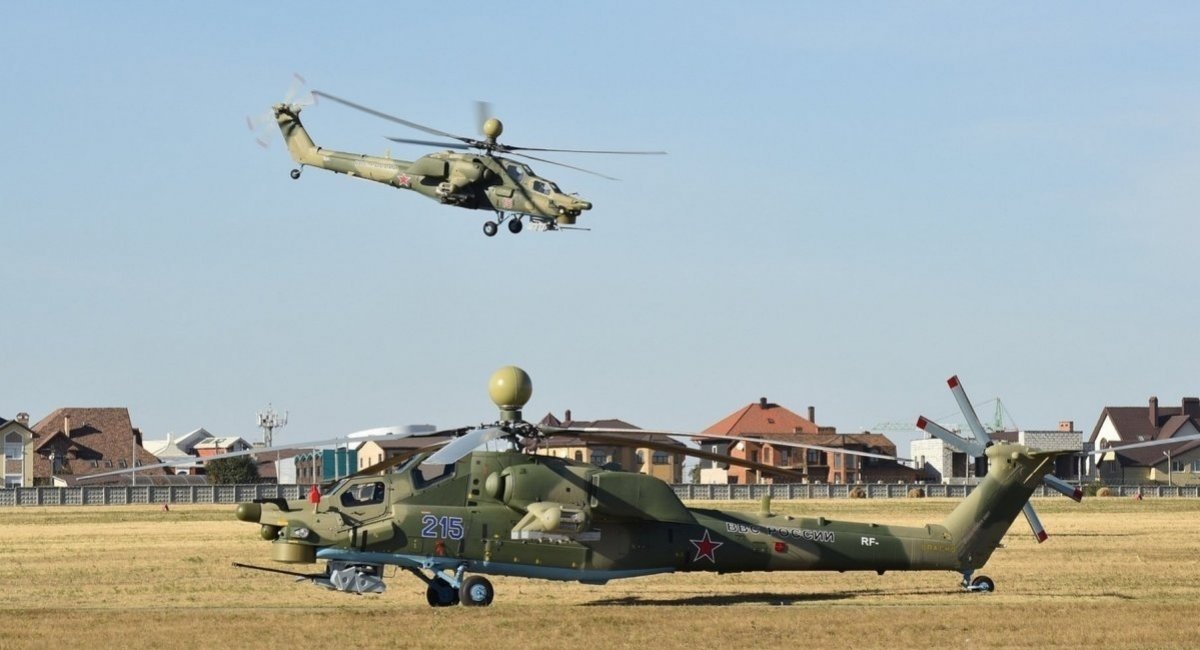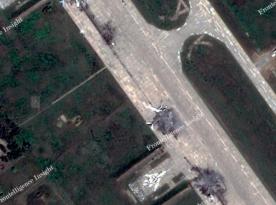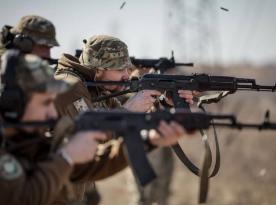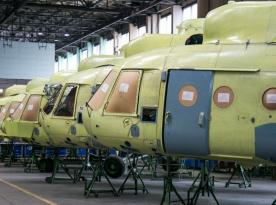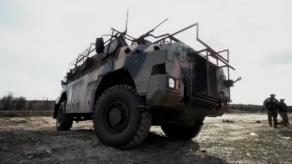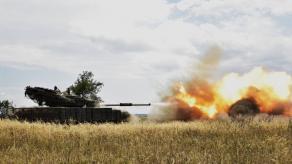A russian military media outlet published an interview with an aircraft technician who calls himself "X" and maintains Mi-28 attack helicopters for the russian ground forces. The authors assert that the russian authorities are "vigilant" and that "the Armed Forces of russia are fully equipped," setting a biased tone to the article, which should be taken into account when analyzing it.
The interview presents the Mi-28 as a trouble-free and easy-to-use rotorcraft, almost claiming that any problems in the field can be fixed by pressing a few keys on a laptop. Yet the interesting part is, which details were emphasized, and which ones were intentionally left out.
Read more: Video of russian Heavy Armored Personnel Carrier on Chassis of T-72 or T-90 Tank Appeares Online
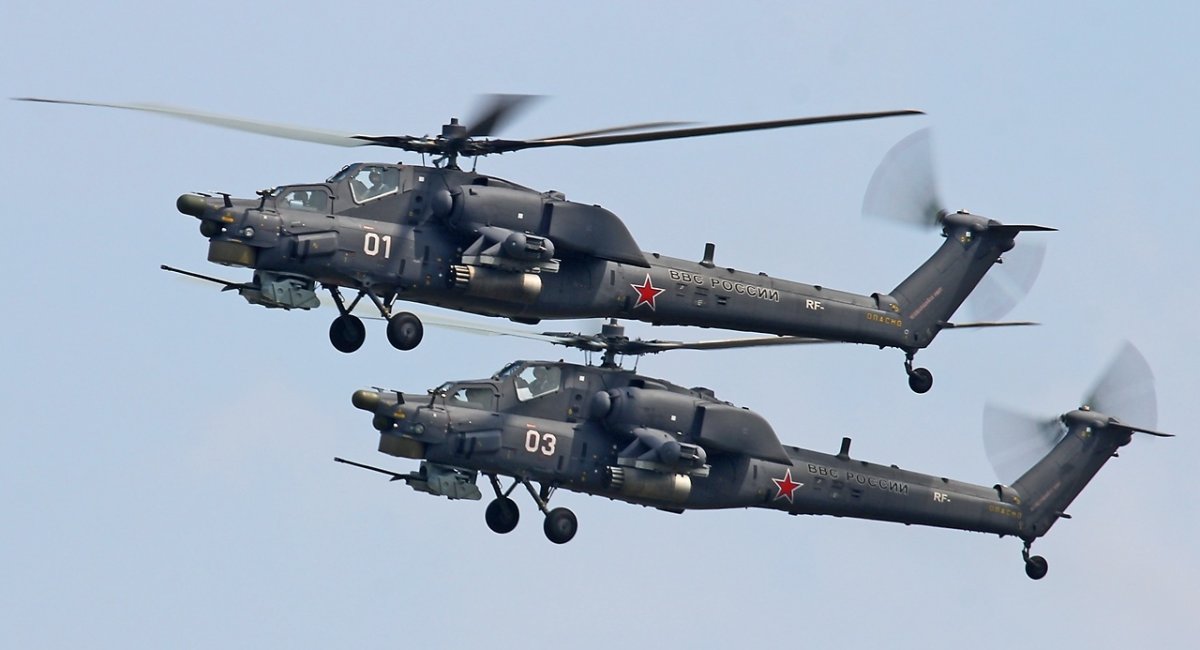
To begin with, the speaker emphasizes the ease of maintenance compared to its predecessor, the Mi-24 which requires many components to be sorted by hand. Meanwhile, for the Mi-28, many issues can be resolved simply by connecting a laptop with the appropriate software, and "half of the problems are solved by a simple reboot of the entire software complex."
In terms of powertrain and airframe maintenance, all Mi-28 modifications are similar, but the Mi-28NM specifically comes with upgraded electronics that reportedly speed up the process of preparing the helicopter for a combat sortie.
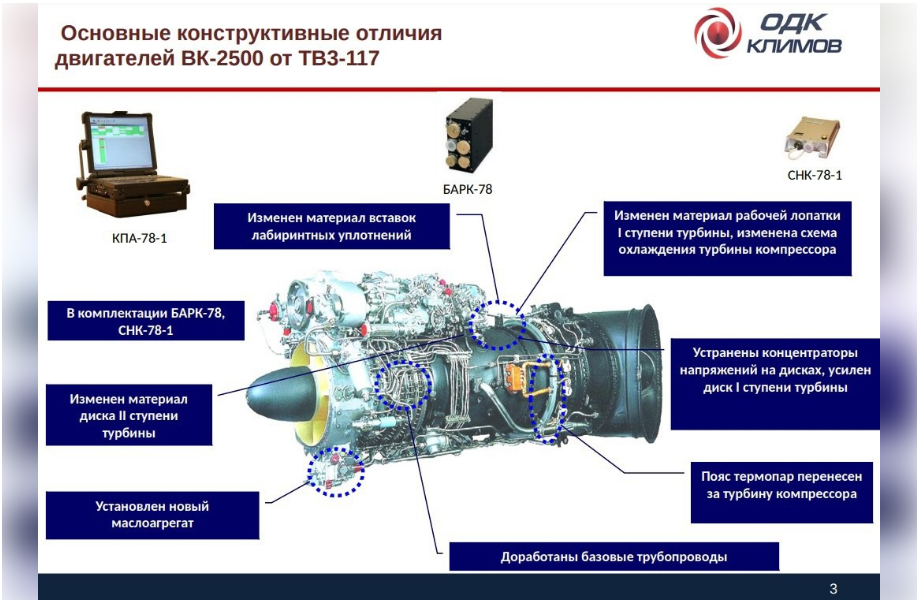
Speaking of the VK-2500 engine installed into the Mi-28, the technician uses quite an interesting wording: "The engine is reliable, serious failures are not about this one." However, it turns out there's a limit on "engine operation in emergency mode," once exceeded, the VK-2500 must be immediately sent for service at the home factory.
The author oddly praises the Mi-28 by calling it a "flying brick" in terms of aerodynamics, claiming it is so reliable that malfunctions before the regulatory service life deadline are rare and usually due to factory defects. The Mi-28 is compared favorably to the Ka-52, a helicopter of the same class which is said to be more problematic to maintain despite having good specifications.
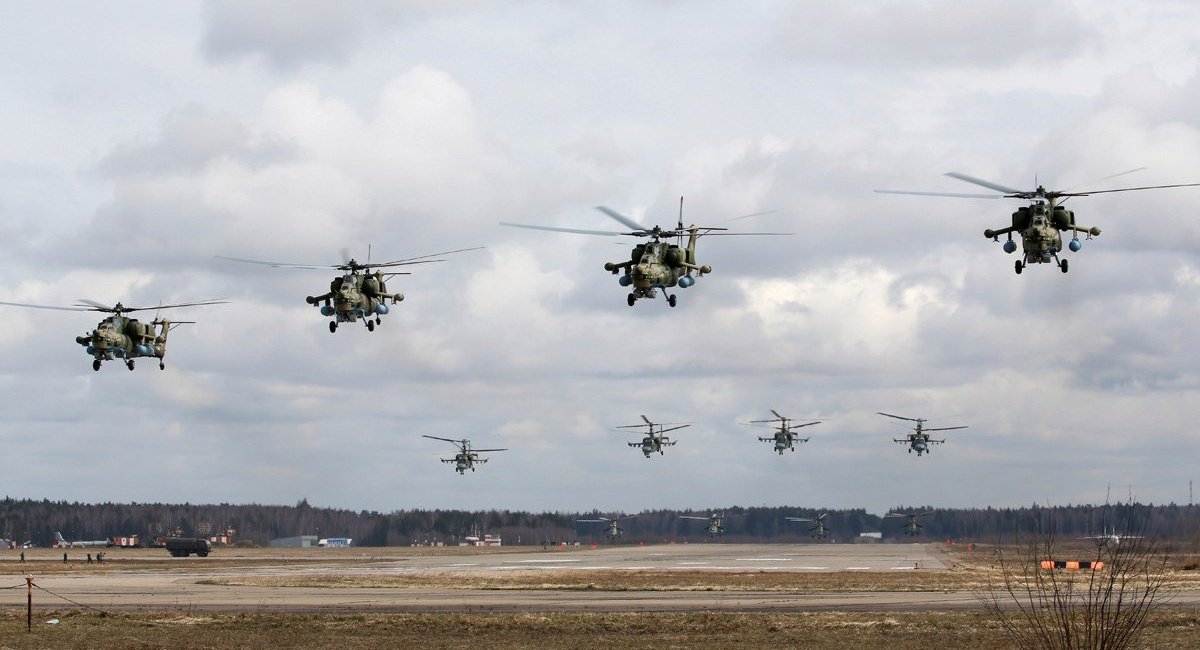
Notably, the article omits details that may relate to the Mi-28's performance in real combat conditions on Ukrainian battlefields, particularly regarding the usage of its airborne weapon arsenal.
To summarize, Defense Express suggests interpreting the article from three perspectives. Firstly, regardless of the bias, the details mentioned in the interview should at least be taken into account as they are the first in-depth insights on Mi-28 operation on field conditions from russian sources, but their veracity should be checked against other sources when possible.
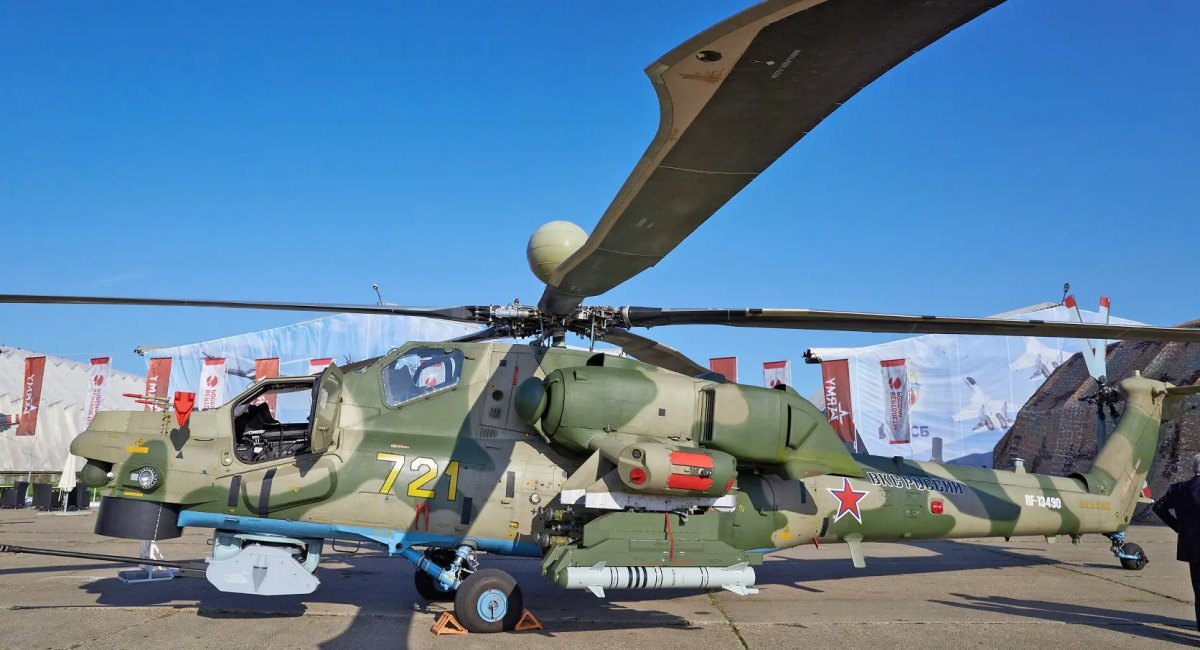
Secondly, the article may be part of russia's demonstration of its ability to wage a war of attrition, by including statements about the alleged capability to operate equipment in field conditions without significant issues until the very end of its service life.
Lastly, the comparison between the Mi-28 and the Ka-52, where the former is presented in a more favorable light, may indicate an internal discussion within the russian military and political leadership about which attack helicopter should be prioritized for production. While there are no publicly available production estimates for the Mi-28, the Ka-52 is claimed to have a production rate of 15 to 20 helicopters per year.
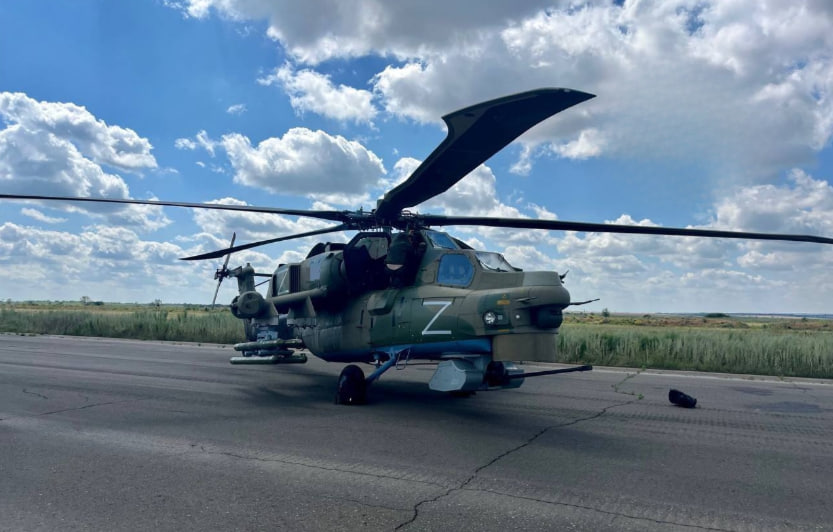
Read more: russian Crew of S-60 Anti-Aircraft Gun Self-Destructed Due to Shell Detonation (Video)




